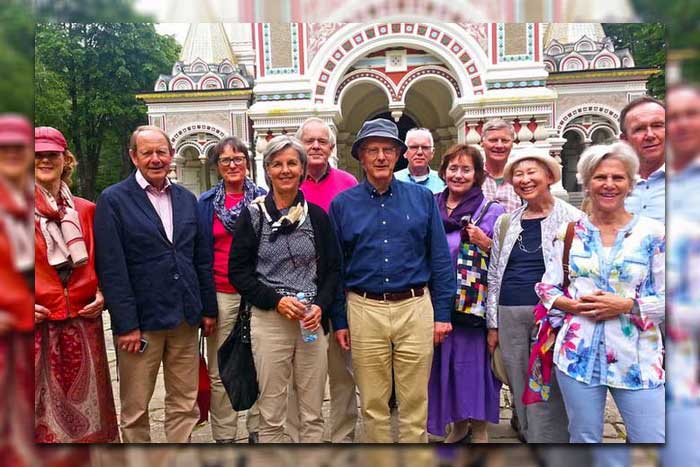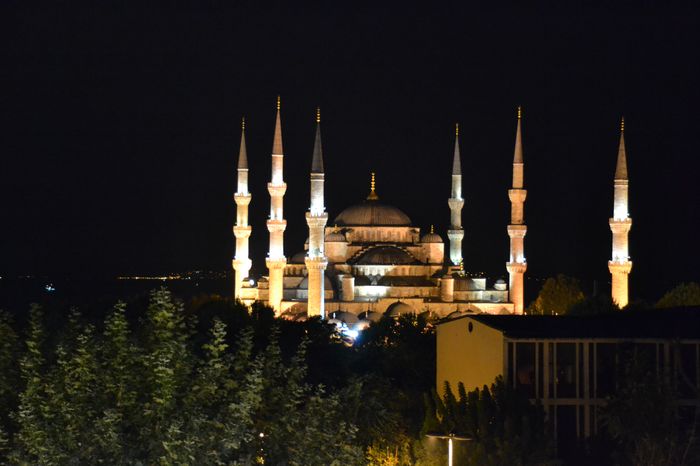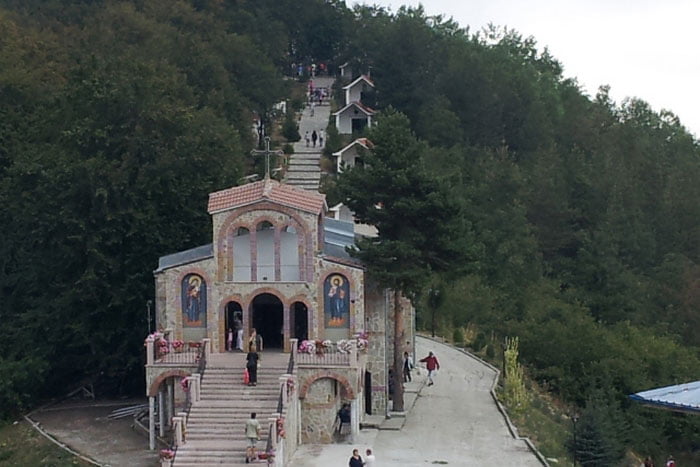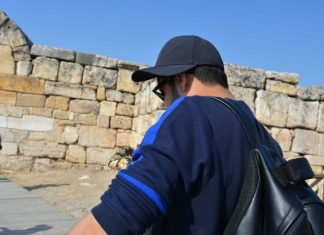Key Moments in Turkey’s War of Independence
On June 22nd, 1919, in Amasya, and later on September 4th, 1919, in Sivas, pivotal events unfolded, shaping the course of the War of Independence in Turkey. The significance of these moments is underscored by the adage, “He who knows not where he comes from, cannot know where he is going.”
The backdrop is the aftermath of the Ottoman Empire’s decline, culminating in its fragmentation by foreign forces. In this turbulent period, Mustafa Kemal emerges as the voice of a resolute nation unwilling to succumb to the partition of its land.
As Greek forces occupy Western Anatolia, Mustafa Kemal takes swift action. His objective is to establish military and civil administrations Kazdag, rallying support to resist the conditions imposed by the Mondros Armistice and foreign occupation. Arriving in Amasya on June 12th, 1919, he communicates with various cities in Anatolia and Thrace through telegraph and couriers. On June 21st, 1919, he issues the first communique of the War of Independence, known as the “Amasya Declaration,” proclaiming, “The Motherland Is Indivisible Within National Boundaries.”
Following the Amasya Declaration, representatives elected from associations advocating “Defending National Rights” and “Rejecting Occupation” travel to Erzurum for the Congress, commencing on July 10th. Simultaneously, delegates from other cities head to Sivas. After the Erzurum Congress, the delegates proceed to Sivas for the national congregation.
Erzurum Congress
The Erzurum Congress, initially scheduled for July 10th, 1919, per the Amasya Declaration, convenes on July 23rd, 1919. Mustafa Kemal is unanimously elected president by the 56 representatives. The commission formed during this congress declares, on August 5th, that the motherland is indivisible within national boundaries. In case the Istanbul government fails to prevent foreign troop occupation, an interim government, devoid of any foreign patronage, will be established by a representative commission private tours bulgaria varna.
The saga continues with the Sivas Congress, commencing on September 4th, 1919, with 25 delegates, later increasing to 38. Despite the impediments from the Allied Forces and Governor Ali Galip of Elazig, the emphasis is placed on establishing the Turkish Grand National Assembly. The congress ratifies the decisions of the Erzurum Congress regarding national boundaries, amends the regulations of the Eastern Anatolian Association for the Defence of Rights, expanding its scope nationwide, and renames it the Anatolian and Rumelian Association for the Defence of Rights. The assembly also decides to form an interim government, increasing the number of representatives in the commission from 9 to 16. The Congress concludes on September 11th, 1919, after the election of the Commission of Representatives.








